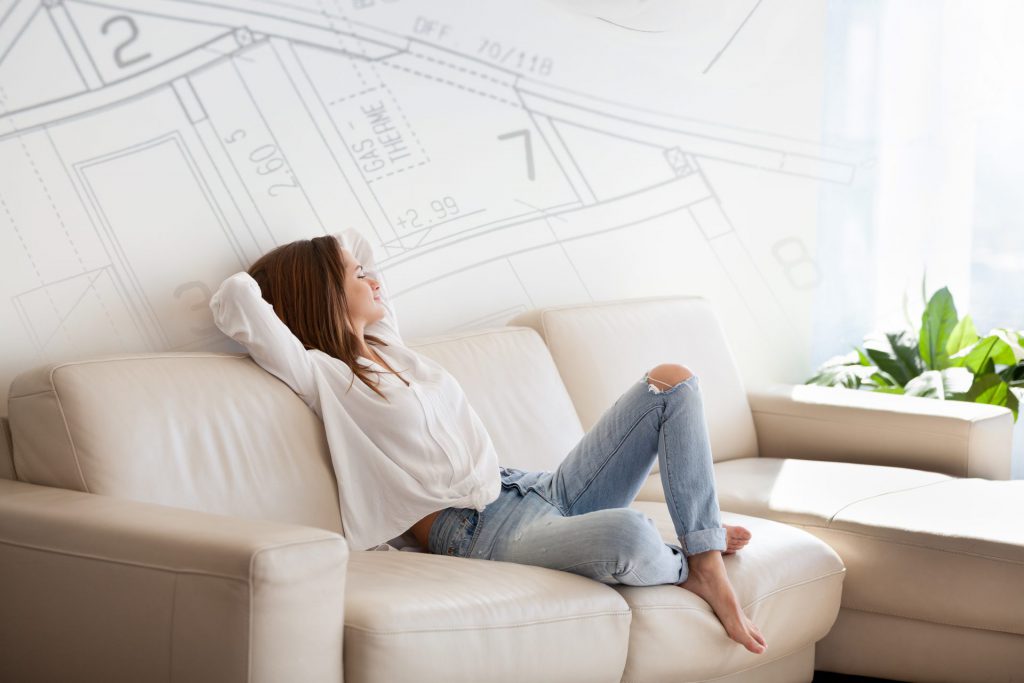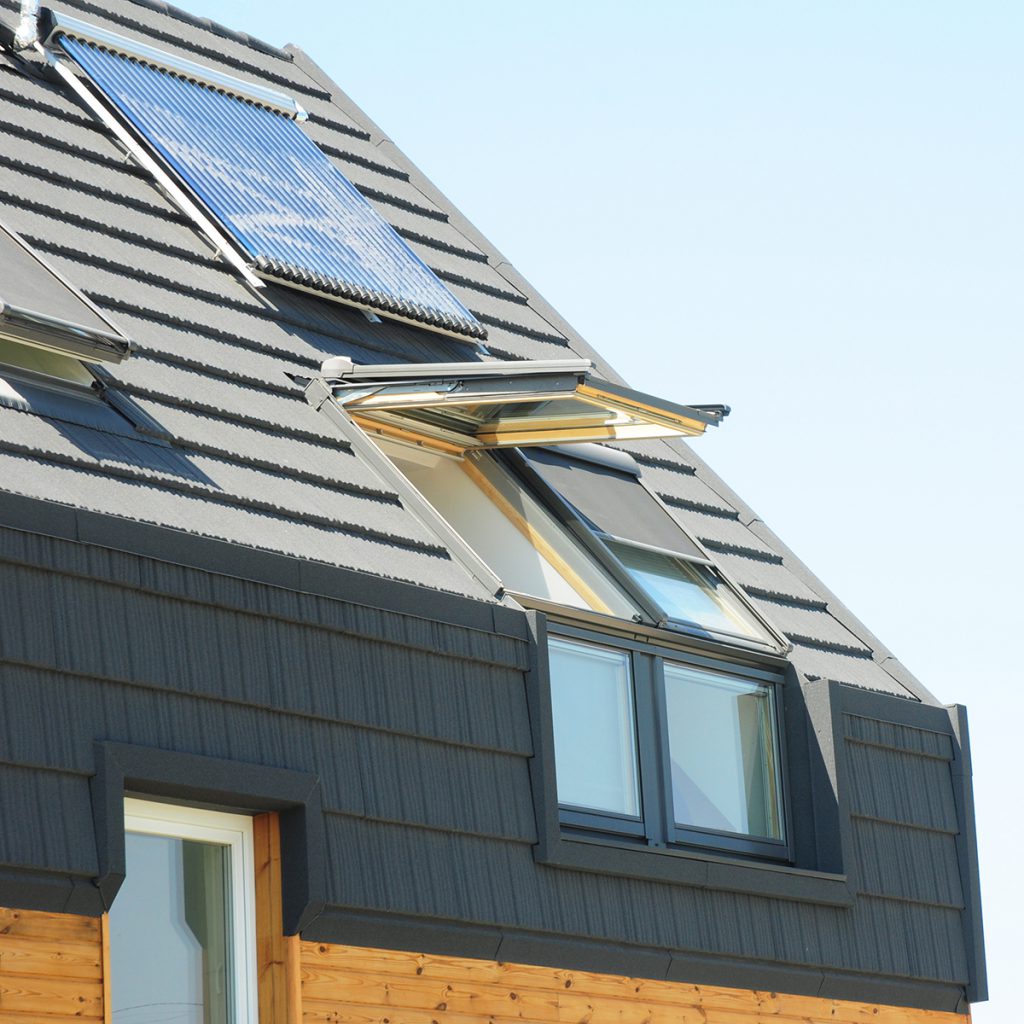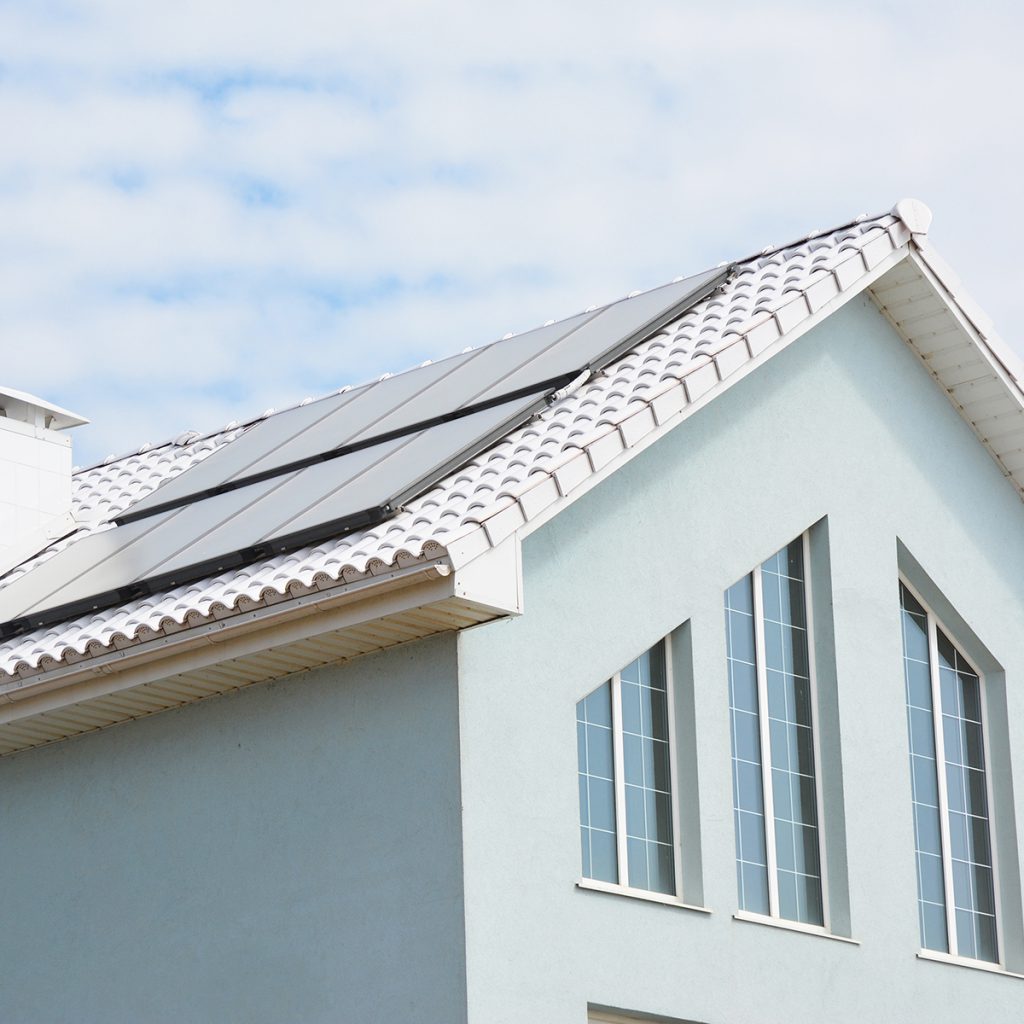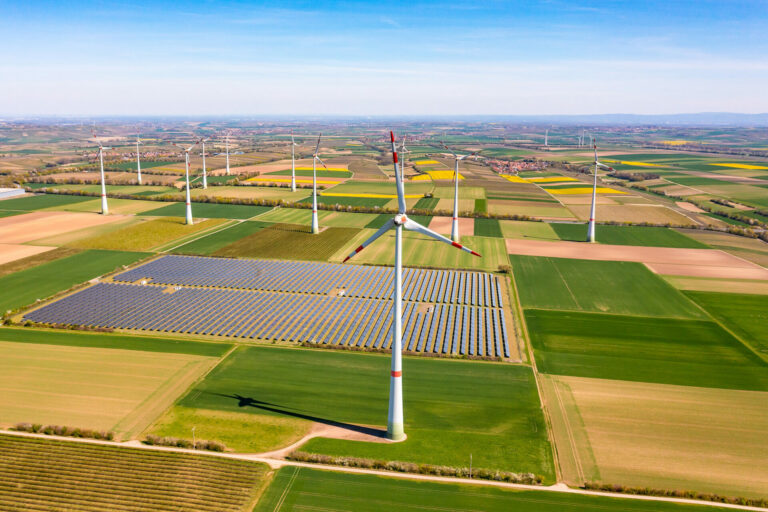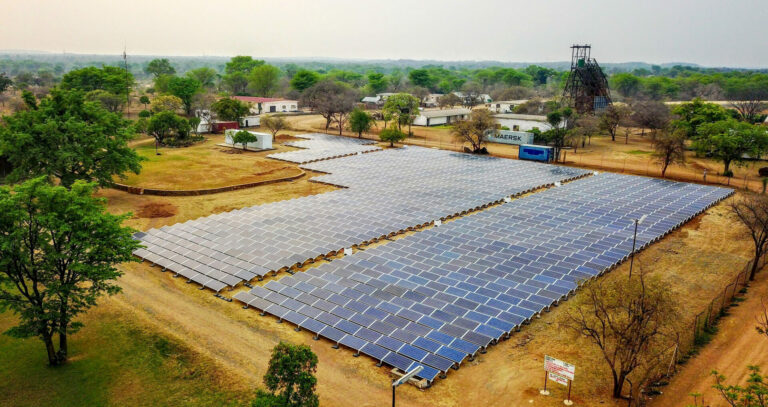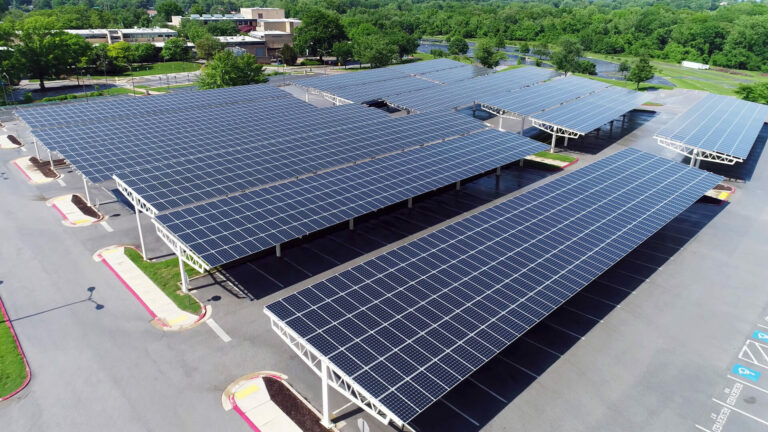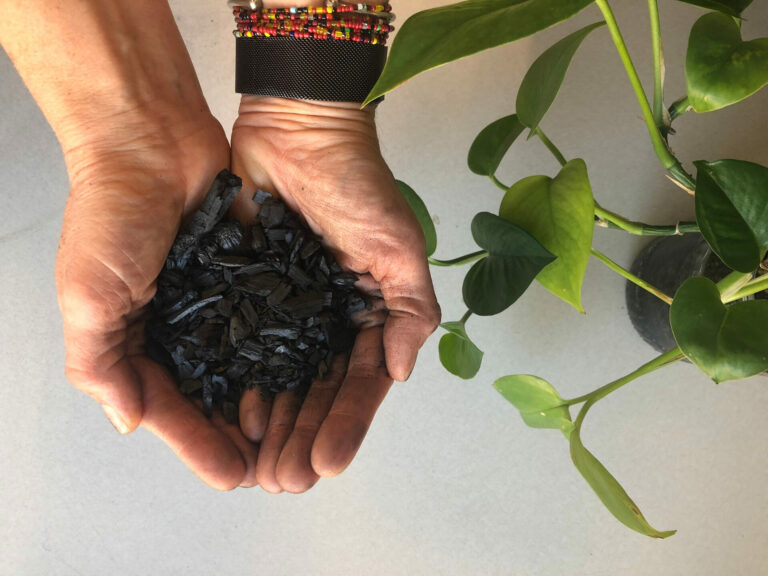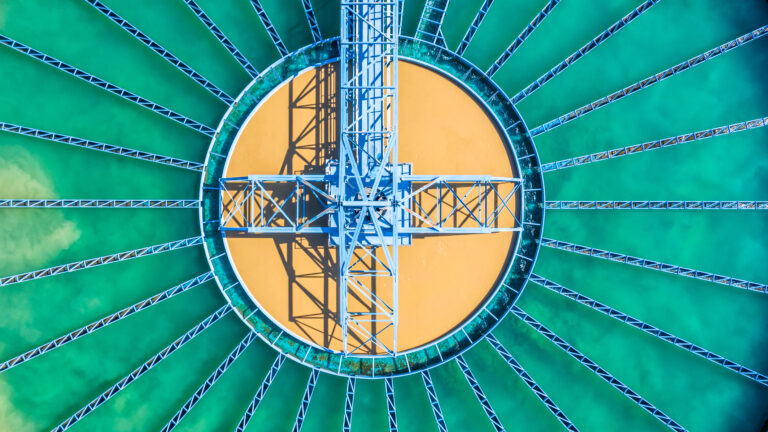The creative ingredients involved in an external design are manifold. Location and climate, materials and vision; all of these factors combine to form an overarching goal for any permanent structure. This is the case across the design spectrum, from sculpture to infrastructure and all types of building in between. While trends may exert its influence, ensuring a short term commonality, every design is generally led by these factors. For example, abundant local material can often bring down costs while geolocation can force a design team to make decisions on insulation or the long term viability of the building materials. Despite this however, there is something else; an unquantifiable. It is a driving force that underpins every detail of a building; comfort. These comforts can take the shape of temperature, natural lighting, energy costs, the list is endless. When placed within the emerging context of lowering carbon emissions, rising energy costs and overall health-conscious societies, it is not only a consideration, it is a vital component. The question is, how do these factors, emissions and energy and health considerations, sit with the need for a space to be comfortable? It seems that the answer to this has been around, quietly growing throughout our neighborhoods and cities, for a number of years.
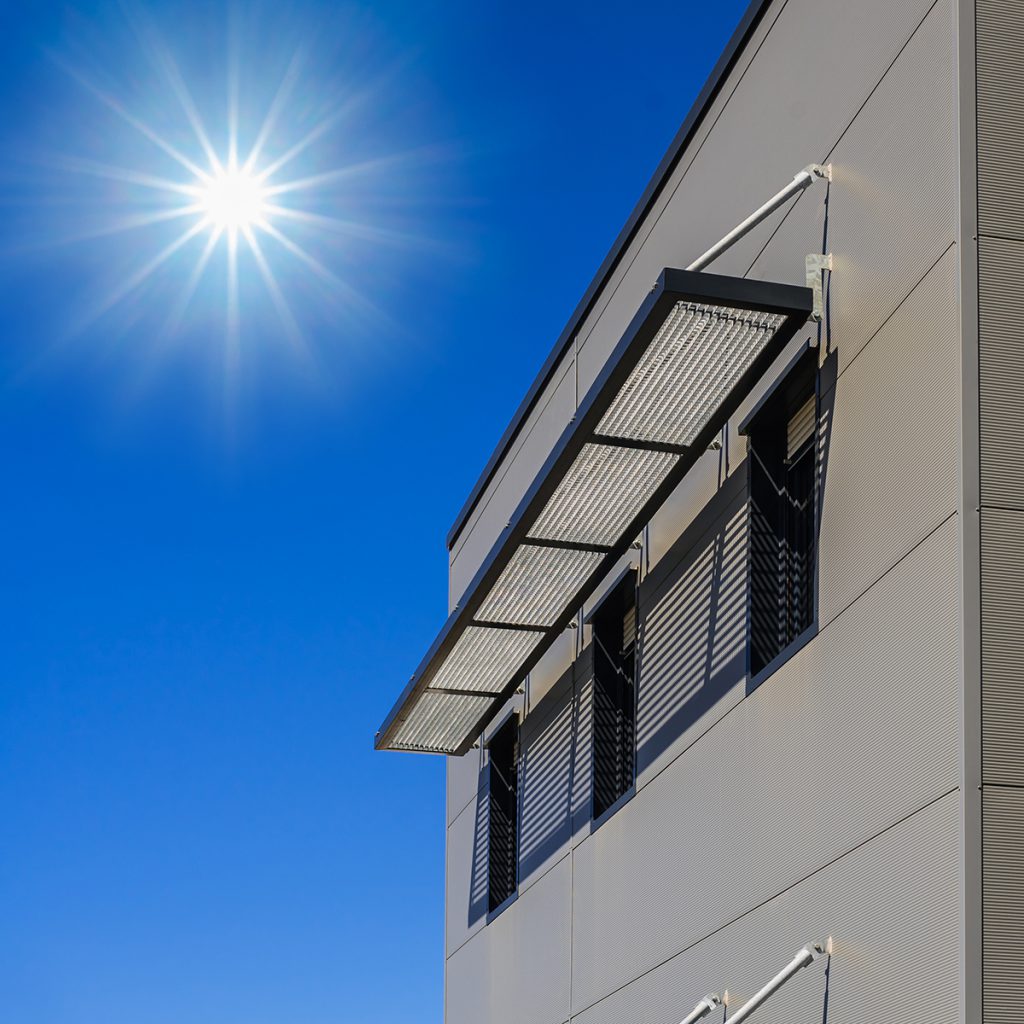
It is important to view any deviation from traditional building designs within the context of modern society. Our world is slowly recovering from a pandemic and attention is returning to preventative measures that will help to offset the environmental effects of globalization and construction. Efficiency and sustainability are two topics rightly recognized as vital tenets in rebuilding this modern society, capable of meeting the needs of future generations. Co-developed by Dr. Wolfgang Feist and Dr. Bo Adamson in the late eighties, Passive House is a design and build standard with energy efficiency at its core. Through a specialized set of design standards, these buildings, both new and retrofitted, can achieve enormous energy savings by utilizing an innovative ventilation system. Stephen Quinn is a Passive House Certifier at Peel Passive House Consulting, a Canadian based company with international reach. The company is unique in that it offers clients both design and certification to Passive House codes. Stephen explains the concept. “It is an ultra-low energy house that is based on the envelope being completely insulated and airtight. Of course, when you have an airtight building, you need a ventilation system. This heat recovery ventilation system is operating 24 hours a day. These ventilation systems are 90% efficient so you are capturing and retaining 90% of the energy from inside the building, while at the same time providing a continuous flow of fresh air. Basically, it’s like you have your windows open all day long, but you’re not losing heat and the temperature within the building is maintained.”
“These ventilation systems are 90% efficient so you are capturing and retaining 90% of the energy from inside the building, while at the same time providing a continuous flow of fresh air.”
The Passive House standard has been recognized and used globally for around thirty years. However, it is still considered to be a developing innovation and has only been available in North America for around half that time. The reality is that any change to traditional building codes are likely to meet resistance and educating the public can be a challenge. However, it seems as though the net benefits of investing in a Passive House design are sure to make it a growing presence within the building industry. According to Stephen, the driving force behind peoples decisions to adopt Passive House designs are from an energy saving point of view. However, he is keen to stress that the benefits to peoples quality of living in these structures is equally positive. “Energy savings is one of the main drivers, of course. When you can reduce energy costs you are going to increase your savings and this is what most people focus on. What I found interesting though, are the different questions being asked about the benefits internationally. In other countries, it was, when am I going to get my investment back? Whereas in Germany for example it was, what level of comfort am I going to have within the building? There is an extreme level of comfort within these buildings. It is a truly unique experience that can’t really be put into words. The fact that you have this constant flow of fresh air coupled with a uniform temperature. It’s not comparable to other buildings.”
While awareness around the environmental impact of construction and buildings is growing amongst the global community, it is an unfortunate fact that financial costs will always be a large consideration. The balance between cost and benefit is a problematic one and it is well acknowledged that the quickest way to influence positive change is through competitive pricing. However, there is now potential for the list of potential benefits to grow; essentially outweighing any initial outlay. Given the ever changing landscape we find ourselves in, the requirements that we are placing on our buildings, both residential and professional, continue to grow. According to Stephen, through additional health benefits, Passive House buildings are already proving their worth in ways that may not have been anticipated in the past. “The health benefits come from the fact that we are able to control the supply of fresh air because it is all going through a filtration system. There are filters on the ventilation system that will stop things such as pollen getting through. Currently, there is a lot of discussion on ventilation and buildings. Studies have begun and people are looking into how the Passive House concept would be a viable solution in avoiding any sort of build-up of COVID or other types of viruses in the building.”
“The health benefits come from the fact that we are able to control the supply of fresh air because it is all going through a filtration system.”
Looking to the future, it seems as though Passive House has the potential to play a pivotal role in reimagining the direction our industry takes. While the relationship between construction and environmental concerns is a difficult one, it is not necessarily a negative one. Improvements are being demanded in terms of emissions and energy and, with full credit to the innovation and dedication within the industry, they are being heard and changes are being made. Passive House is a growing voice within this conversation. Its benefits are already clear but it has the exciting potential to be a complete game changer. With hot topics such as the Green New Deal and the New York regulations around net zero buildings, Passive House designs, and companies such as Peel Passive House Consultancy, might already hold an advantage. Stephen is unequivocal in his belief that, when coupled with a renewable energy source, the potential of a Passive House building is second to none. “In terms of Net Zero or Carbon Neutrality, the benefit of a passive house is that you’re automatically going in that direction, you’re reducing your energy demand to 10% of a standard building. You don’t need a whole lot of energy to heat or cool your building so it is quite easy to achieve a net zero or carbon neutral building. If you already have a passive house the only element that’s missing is adding on that renewable energy. So, whether that be on a local level with the homeowner themselves producing that energy through solar panels, or being hooked up to some sort of local grid where there’s a green, renewable energy source there. It is a good pathway to net zero.”









